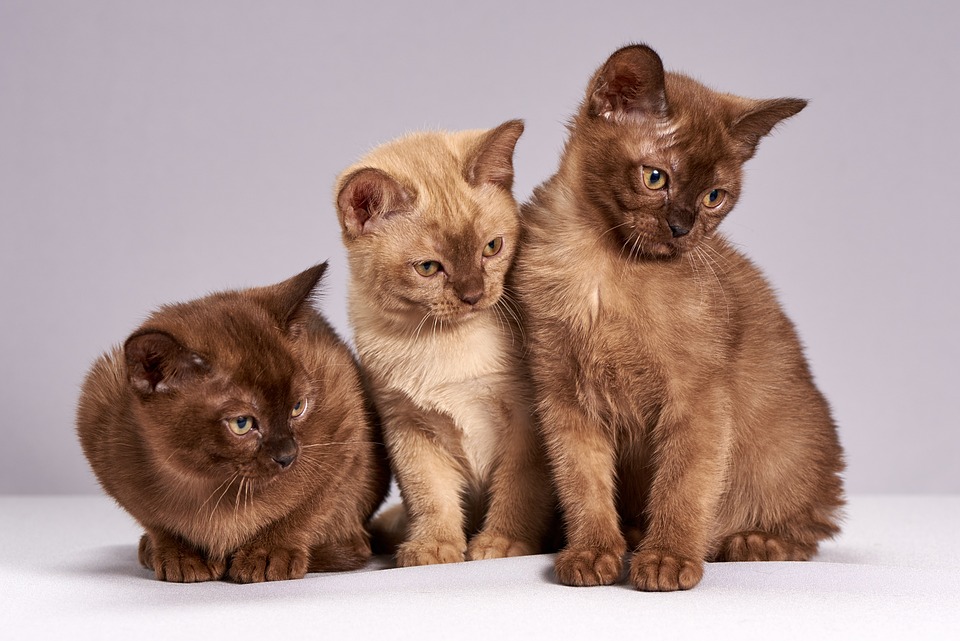
Mastering Feline Harmony: Effective Strategies for Managing Territorial Cats
Cats are inherently territorial creatures, and their desire to claim and defend their space can sometimes lead to behavioral challenges. Understanding and managing this territorial nature is crucial for maintaining a harmonious household, especially if you have multiple cats or are introducing a new pet. In this article, we’ll explore effective strategies to manage territorial cats and offer actionable tips to enhance cat behavior and training.
Understanding Feline Territoriality
Territorial behavior in cats is natural and instinctual. In the wild, territory ensures access to resources such as food, mates, and safe resting places. Domestic cats may not need to hunt or compete for resources in the same way, but their instinctual need to establish and defend territory remains strong. Territorial behaviors can manifest in various ways, including:
- Marking with urine or scratching.
- Aggression towards other cats or animals.
- Blocking access to certain areas.
- Displaying anxiety or stress when their space is invaded.
Recognizing these behaviors is the first step in addressing them effectively.
Creating a Cat-Friendly Environment
Creating an environment that supports your cat’s territorial instincts while reducing stress is vital. Here are some strategies:
Provide Ample Space
Cats need their own space to feel secure. Ensure that each cat in your home has access to personal areas where they can retreat and relax. Vertical spaces like cat trees or shelves can provide additional territory, especially in multi-cat households.
Separate Resources
To minimize competition, provide each cat with their own resources, such as food bowls, water dishes, litter boxes, and sleeping areas. A general rule is to have one more litter box than the number of cats in the household.
Use Cat-Friendly Scents
Cats communicate heavily through scent. Use synthetic pheromones like Feliway to mimic natural cat pheromones and create a calming environment. This can help reduce stress and prevent marking behaviors.
Introducing Cats to Each Other
Introducing a new cat to your household can be challenging. A slow and controlled introduction process can help reduce territorial aggression:
Start with Isolation
Initially, keep the new cat in a separate room with their own resources. This allows both the resident and new cat to become accustomed to each other’s scent without direct contact.
Swap Scents
Exchange bedding or use a soft cloth to rub each cat, then place it in the other cat’s area. This helps them get used to each other’s scent in a non-threatening way.
Controlled Meetings
After a few days, allow the cats to see each other through a baby gate or slightly open door. Gradually increase their exposure to each other, rewarding calm behavior with treats and praise.
Monitor Interactions
Once they are comfortable with visual contact, allow short supervised interactions. Watch for signs of stress or aggression, and separate them if necessary. Gradually increase the duration of these meetings.
Addressing Aggression and Conflicts
Even with careful introductions, conflicts may arise. Here are strategies to manage aggression:
Identify Triggers
Observe your cats to identify what triggers aggressive behavior. It could be a particular location, resource, or action. Understanding triggers can help you manage or eliminate them.
Positive Reinforcement
Reward calm and friendly behavior with treats, affection, and playtime. Positive reinforcement can encourage desirable behaviors and strengthen the bond between cats.
Redirect Aggression
If a cat shows signs of aggression, redirect their attention with toys or a play session. This can dissipate their energy and reduce tension.
Consult a Professional
If aggression persists despite your efforts, consider consulting a veterinarian or a certified animal behaviorist. They can provide tailored advice and, if necessary, suggest medical interventions.
Training Techniques for Territorial Cats
Training can be an effective tool in managing territorial behavior. Here are some techniques:
Clicker Training
Clicker training is a positive reinforcement method that can help modify behavior. Use a clicker to mark desirable behavior, followed by a treat. For example, click and reward when your cat remains calm in the presence of another cat.
Desensitization
Gradually expose your cat to the source of their territorial behavior in controlled settings. Over time, they can become less reactive and more accepting.
Interactive Play
Engage your cat in interactive play sessions to expend excess energy and reduce stress. Use toys that mimic prey, such as feather wands or laser pointers.
Maintaining Long-term Harmony
Achieving harmony among territorial cats is an ongoing process. Here are tips for maintaining peace:
Regular Veterinary Check-ups
Ensure your cats are in good health. Medical issues can exacerbate stress and aggression, so regular veterinary care is essential.
Monitor Environmental Changes
Cats are sensitive to changes in their environment. If you notice an increase in territorial behavior, consider recent changes that might be causing stress, such as new furniture or visitors.
Consistent Routine
Cats thrive on routine. Maintain consistent feeding, play, and sleeping schedules to provide a sense of security.
Conclusion
Managing territorial cats requires patience, understanding, and strategic interventions. By creating a cat-friendly environment, using positive training techniques, and carefully managing introductions and conflicts, you can enhance feline harmony in your home. Remember, each cat is unique, so adapt these strategies to fit the individual needs of your feline companions. With time and effort, you can foster a peaceful and happy multi-cat household.
#ChatGPT assisted in the creation of this article.








